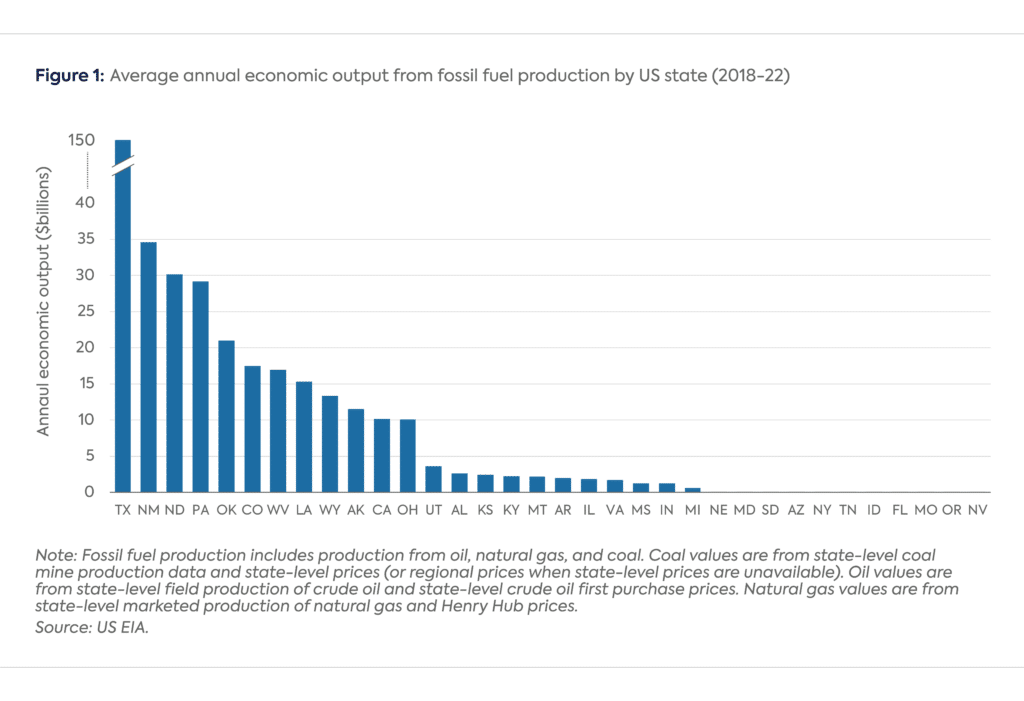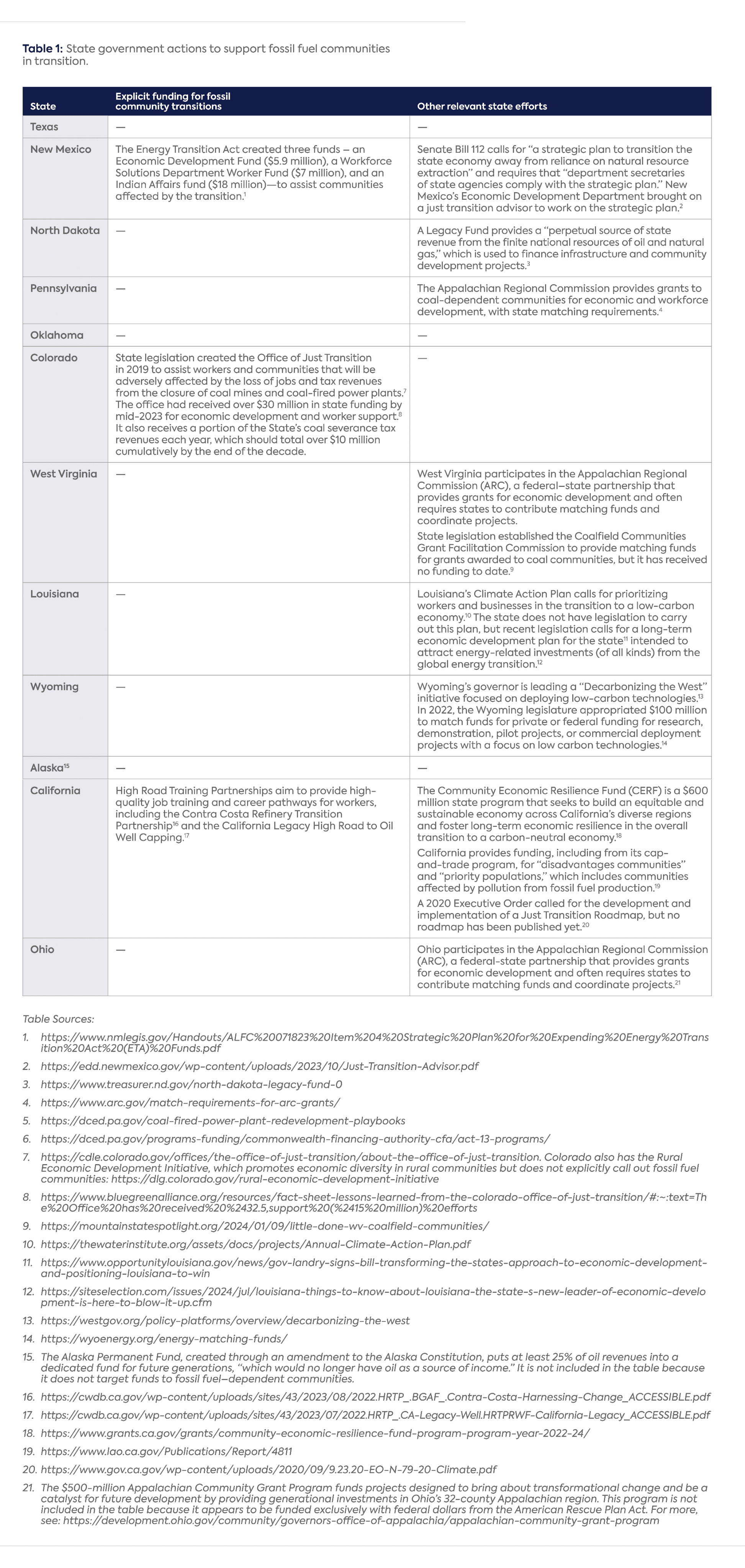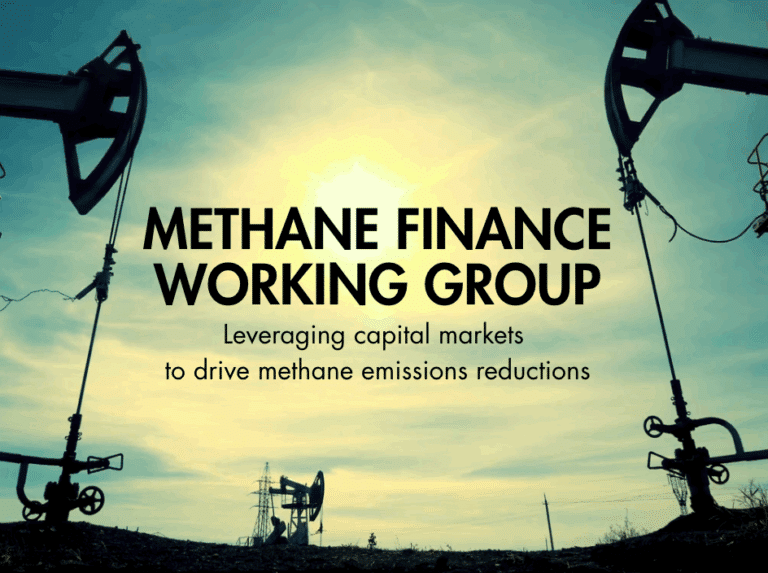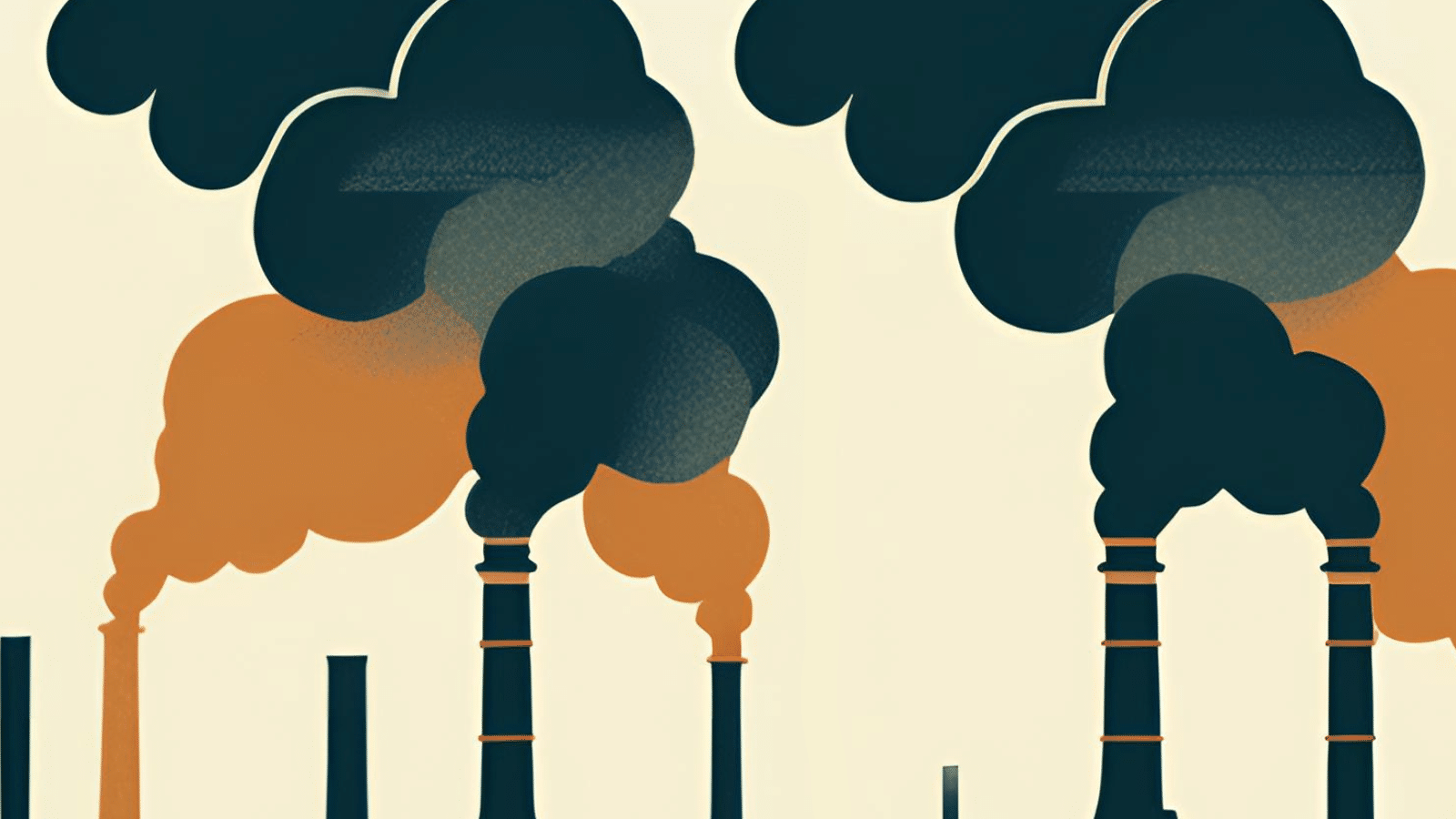This website uses cookies as well as similar tools and technologies to understand visitors’ experiences. By continuing to use this website, you consent to Columbia University’s usage of cookies and similar technologies, in accordance with the Columbia University Website Cookie Notice.
Energy Explained
Insights from the Center on Global Energy Policy
This Energy Explained post represents the research and views of the author. It does not necessarily represent the views of the Center on Global Energy Policy. The piece may be subject to further revision. Contributions to SIPA for the benefit of CGEP are general use gifts, which gives the Center discretion in how it allocates these funds. Rare cases of sponsored projects are clearly indicated.
For a full list of financial supporters of the Center on Global Energy Policy at Columbia University SIPA, please visit our website at Our Partners. See below a list of members that are currently in CGEP’s Visionary Circle. This list is updated periodically.
The world has committed to transitioning away from fossil fuels to avoid the most severe threats of climate change.[1] Communities across the United States rely on fossil fuel industries for jobs and public revenues to fund schools and other critical services. These communities are often severely budget-constrained and therefore require external support to navigate a transition away from fossil fuels. A previous post described the provisions in recent federal legislation intended to provide such support.[2] This post focuses on the activity of the largest fossil fuel–producing states. While some of these states have taken considerable action, few have adopted comprehensive transition plans, which is perhaps surprising given the acute or even existential risks involved for impacted communities.
The top fossil fuel–producing states
Fossil fuel production in the United States is geographically concentrated. Fossil fuel industries are important—and in some places dominant—contributors to local economies. Figure 1 provides a ballpark indicator of where economic activity from fossil fuel extraction is largest. Data from the US Energy Information Administration (EIA) is used to estimate the recent average annual economic output of coal, oil, and natural gas production combined.
(This methodology is far too simplistic to produce useful specific estimates. For example, it doesn’t include sufficient regional granularity to capture the complexity of these markets, and it omits natural gas liquids and other relevant products.)

As the figure shows, Texas is far ahead of any other state, with around $150 billion in annual economic output. While 35 states register some level of production, a clear top twelve can be discerned (with the cutoff between Ohio and Utah).[3] The next section focuses on actions by these twelve states, though declining fossil fuel production will create challenges in other states as well, including via the closure of power plants and other fossil fuel-related infrastructure.
Support for fossil fuel communities in the top producing states
Table 1 displays state-level programs in these twelve states. The programs are (imperfectly) divided between those explicitly targeted to help vulnerable communities navigate a transition away from fossil fuels and those that simply include targeted support for fossil fuel communities. The table excludes programs that provide general support for workforce development, economic diversification, energy innovation, or public services.
Colorado, New Mexico, and California provide considerable support for transitioning fossil fuel communities. Among the largest producing states, these three also have the most ambitious and comprehensive policies to reduce greenhouse gas emissions from the consumption of carbon-intensive products. It may be intuitive to see the same states confronting the risks from fossil fuel emissions also confronting the risks from a transition away from fossil fuel production.[4] But fossil fuel producers are heavily reliant on out-of-state exports. As declining coal production in West Virginia and Wyoming shows, a lack of state climate policy does little to insulate fossil fuel-dependent communities from the risks of a global energy transition.
Given the immense diversity of US cultures, communities, and landscapes, it is unsurprising to see state governments charting different pathways to address similar challenges. Colorado and New Mexico have established state offices devoted to facilitating “just transitions” for fossil fuel communities, while Wyoming and Louisiana are focused on becoming hubs for lower-carbon energy production.
Table 1 shows little actions in states where the risks to communities are not perceived as urgent. Oil and gas production is steady or increasing in many communities, and their state governments are not taking advantage of the boom to prepare for a possible prolonged bust in the future. In contrast, communities with declining coal production and retiring coal-fired power plants are often already experiencing economic hardships, which can be a strong motivator for state government action.
The lack of comprehensive plans to support fossil fuel communities, at both the federal and state levels, can perhaps be explained by political constraints. Politicians prefer to highlight economic opportunities rather than risks, especially when the consequences of failing to mitigate risks will accrue mostly to their successors. But inaction is difficult to justify given the acute economic threats faced by fossil fuel–dependent communities.

CGEP’s Visionary Circle
Corporate Partnerships
Occidental Petroleum Corporation
Tellurian Inc
Foundations and Individual Donors
Anonymous
Anonymous
the bedari collective
Jay Bernstein
Breakthrough Energy LLC
Children’s Investment Fund Foundation (CIFF)
Arjun Murti
Ray Rothrock
Kimberly and Scott Sheffield
[1] https://unfccc.int/news/cop28-agreement-signals-beginning-of-the-end-of-the-fossil-fuel-era
[2] https://www.energypolicy.columbia.edu/the-us-needs-a-playbook-for-place-based-investments-in-fossil-fuel-communities/
[3] Declining fossil fuel production will create challenges in other states as well, including via the closure of power plants and other fossil fuel–related infrastructure.
[4] Indeed, the same trend is evident outside the top 12 producing states. States that have adopted aggressive and comprehensive climate policies, like Minnesota, Maryland, Michigan, and New York, also have adopted just transition programs for transitioning workers and communities (particularly for power plant closures).
More on Energy Explained Energy Explained
Six Key Issues That Defined Climate Week 2025
CGEP scholars reflect on some of the standout issues of the day during this year's Climate Week

Q&A: Why Trump’s Gulf Tour Matters for Energy, AI, and Geopolitics
President Donald Trump's first official foreign policy trip, as in his first term, was to Saudi Arabia earlier this month, with additional stops in Qatar and the United Arab Emirates.

Energy and Climate Issues During the Trump Administration’s First 100 Days
President Donald Trump has made energy a clear focus for his second term in the White House. Having campaigned on an “America First” platform that highlighted domestic fossil-fuel growth, the reversal of climate policies and clean energy incentives advanced by the Biden administration, and substantial tariffs on key US trading partners, he declared an “energy emergency” on his first day in office.

Insights from the US and India for Electricity Open Access in Kenya and South Africa
Kenya and South Africa have recently started moving toward an open access regime in their electricity sectors, while the US and India have been on this path for over two decades.

Relevant
Publications
A Roadmap to Catalyze Methane Abatement in the Oil and Gas Sector Using Debt Financing
Human-caused methane emissions have contributed to at least one quarter of global warming since the preindustrial era. Since methane is 80 times more potent than carbon dioxide (CO2) in trapping heat over the first two decades after its release, abating methane is considered a critical near-term strategy for reducing emissions.[

PetroStates and ElectroStates in a World Divided by Fossil Fuels and Clean Energy
PetroStates and ElectroStates clash as fossil fuels and clean energy reshape global power, strategy, and alliances.

Constraining the Choice Set: Oklahoma’s Limited Approach to Building Economic Resilience
The report presents insights on Oklahoma’s economic resilience strategies, relevant policies, and proposed program enhancements based on a set of interviews with key stakeholders.



